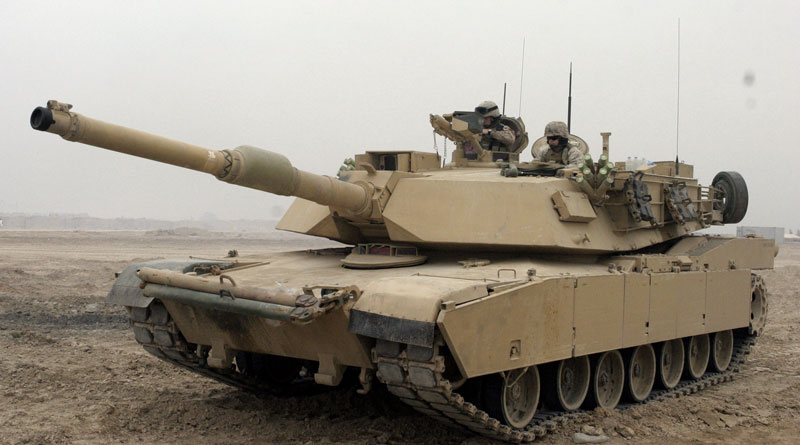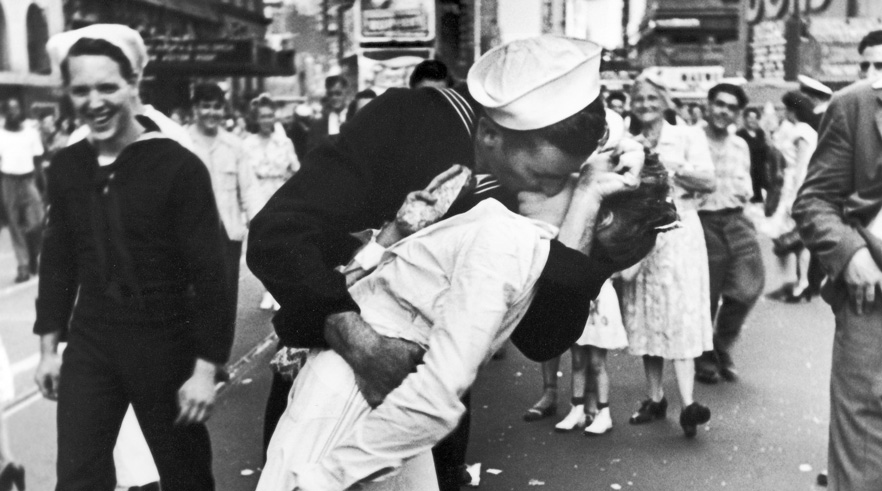1. In service for over 40 years
The Abrams entered service in the 1980s, replacing the then already ageing M60. Since then, M1s have fought in the Persian Gulf, Bosnia, Afghanistan and Iraq, among other places, each time performing well in battle and being indispensable infantry support. As of 2016, the Abrams remains the primary tank used by the US Army and Marines, as well as the armies of Egypt, Kuwait, Iraq, Saudi Arabia and Australia.
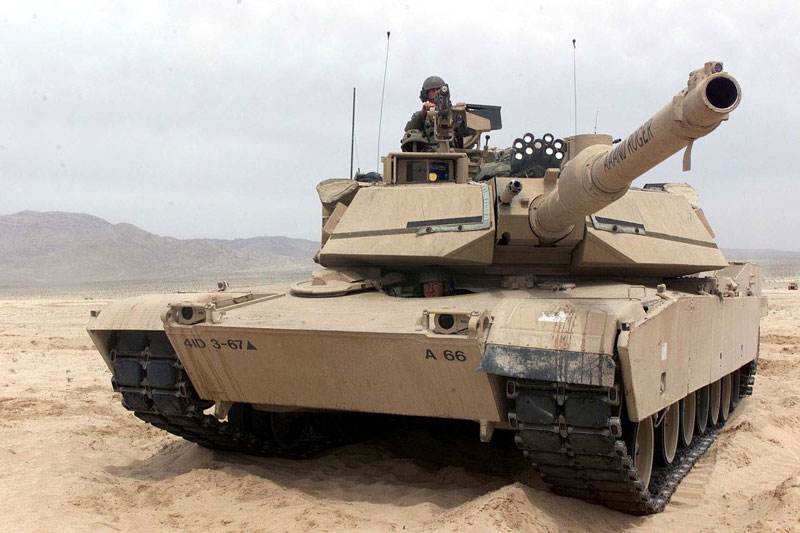
Source: Wikimedia Commons, Public Domain
2. Production cost
To date, more than 10,000 tanks have been built in three main equipment versions: M1, M1A1 and M1A2. Abrams are still being developed and new armor, weapons and other equipment have been added to them over nearly 40 years. The 60-ton tank is equipped with a 1,500-horsepower engine that is capable of accelerating it to speeds of 70 km/h. In 1999, the cost of manufacturing one M1 was more than $5 million.
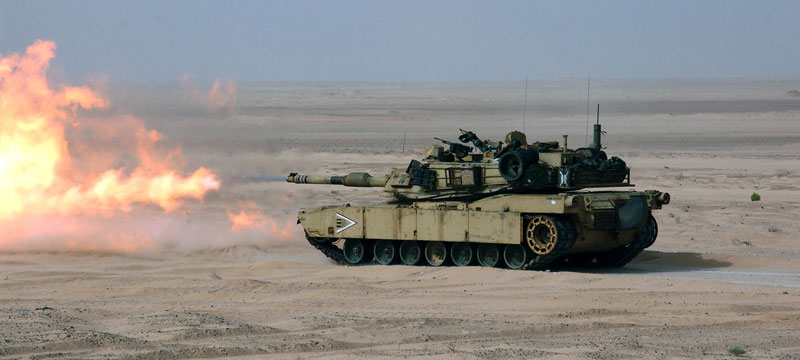
Source: Wikimedia Commons, Public Domain
3. First combat test
For Abrams, the first major test was Operation Desert Storm in 1991. The U.S. tanks proved to be extremely effective under combat conditions and caused massive losses among Iraqi machines. The Iraqis lost some 2,000 tanks, while M1 Abrams were destroyed only 9 – with 7 by mistakenly opening fire on their own vehicles, and 2 destroyed by their own crews to prevent a possible Iraqi takeover of the tanks. It could be said that the only threat to the Abrams on the battlefield came from the other Abrams, or any other American machine.
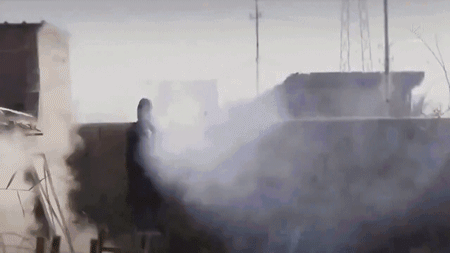
4. Advantage through range
During the Gulf War, M1 Abrams tanks scored hits from a range of more than 2,500 meters, leaving no chance for enemy Soviet-designed tanks, whose range did not exceed 2,000 meters. They were destroyed before they themselves could open fire on the enemy.
5. Whispering Death
The gas turbine engine with which the Abrams are equipped is relatively quiet, which has translated into giving these colossi the nickname “Whispering Death.”

6. Targets not only on the ground
The M1 tank’s primary cannon is the M68A1 105mm gun, while the M1A1 and M1A2 versions use the M256 120mm smoothbore(see Abrams shooting exercises in Lithuania). The M256 cannon theoretically has the ability to shoot down aircraft flying at low altitude, but this has not been tested in combat conditions. It is worth mentioning a useful offensive capability of Abrams tanks, which is the ability to shoot on the move thanks to the built-in target stabilizer.
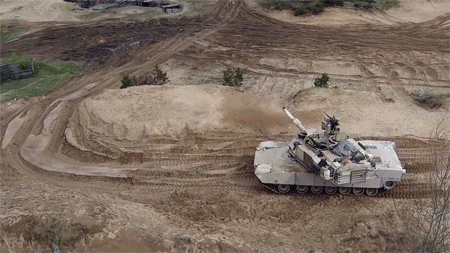
7. Tank armor
The tank is protected by multi-layer composite armor, a combination of steel plates and ceramic blocks. The M1A1HA and M1A2 were equipped with depleted uranium armor. This combination can stop almost any missile fired at an Abrams (the American Hellfire has the ability to penetrate this armor). However, one thing is worth mentioning. After Hussein’s overthrow, the US gave Iraq 140 M1A1-SA tanks, a version without the aforementioned uranium-enriched armor. Currently (early 2016), 30 of them have already been destroyed by Islamic militias, most of them by firing an anti-tank guided missile.
8. Vehicle protection during urban combat
The M1 Abrams (or rather, its crew) can survive a biological or chemical attack and has the ability to release a smoke screen, making it harder to locate on the battlefield. The experience of fighting in built-up terrain forced the retrofitting of Abrams with additional protection for the sides of the tank and its undercarriage. The TUSK system (Tank Urban Survivability System) was created, which provided better protection for the vehicle against hand grenade launchers and mines. TUSK is all about reactive armor, a remote-controlled rifle, a 360-degree camera for the commander, providing communications for the tank commander and nearby infantry, and much more. By 2008, all Abrams stationed in Iraq were equipped with TUSK. An improved built-up area defense system, TUSK-2, is currently being installed on the units.

On their combat route, M1 Abrams tanks have proven their effectiveness and so far there are no plans to replace them with a newer unit, but existing units are constantly being upgraded. I invite you to take a peek at the video excerpts:

